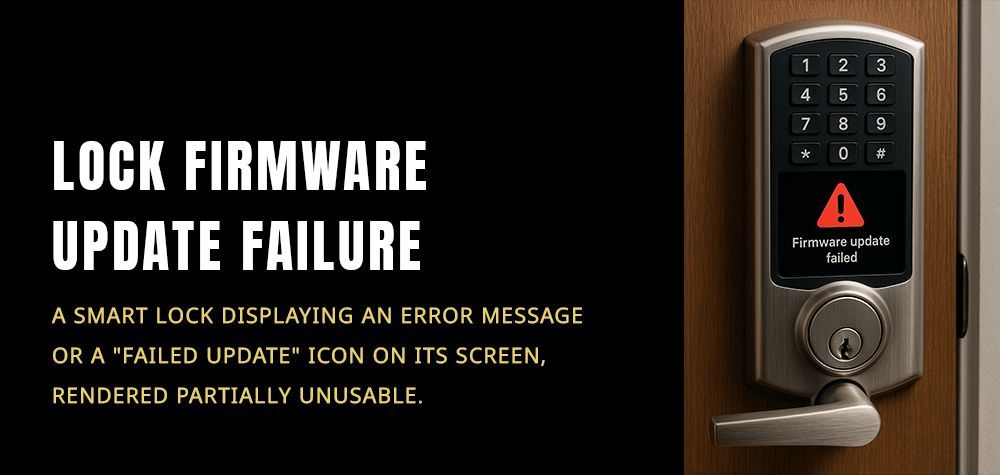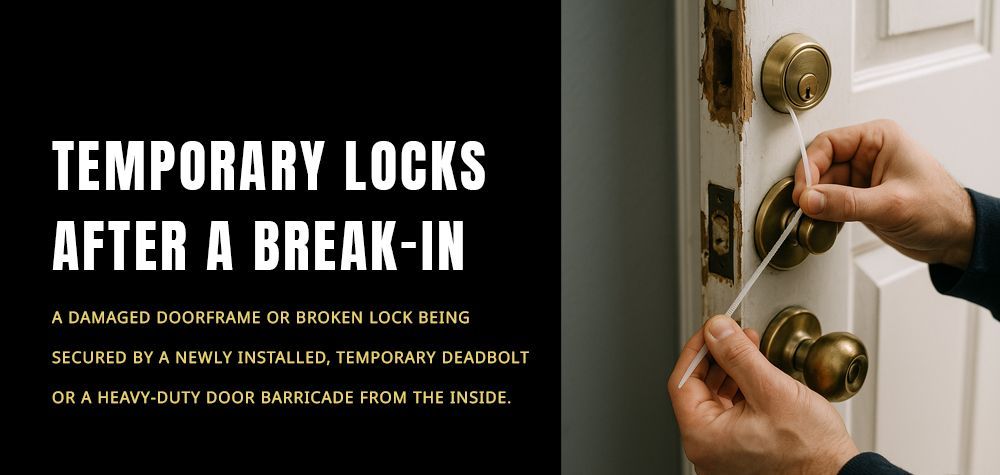How to Lubricate a Lock Without Making a Mess
Locks are one of those everyday heroes of home security—quiet, reliable, and always there when you need them. But like anything mechanical, they need a little love now and then. Lubrication is essential for keeping your locks working smoothly, especially if you’ve noticed sticking, grinding, or difficulty turning the key. However, many homeowners hesitate to lubricate locks themselves for one big reason: the mess. Drips, stains, and even attracting dirt are common side effects of poor lubrication techniques.
This guide walks you through how to lubricate a lock properly—without creating a mess or damaging your door hardware. Whether you’re dealing with a squeaky deadbolt, a sticky keyhole, or preventative maintenance, these tips are designed to keep things clean, efficient, and professional.
What to do if your front door lock keeps spinning!
Why Lubricating Your Lock Is Necessary in the First Place
Before diving into the how-to, it’s important to understand why lubrication is such a key part of lock care. Over time, dust, dirt, and moisture can accumulate inside the lock cylinder, making it harder for the pins and tumblers to move freely. This can lead to resistance when turning the key, or worse, a jammed lock that won’t budge.
Without lubrication, internal components can wear down prematurely. This puts your lock—and your security—at risk. Lubrication keeps things gliding smoothly, reduces internal friction, and prolongs the life of the entire mechanism.
Choosing the Right Lubricant: Don’t Just Grab Any Spray Can
One of the most common mistakes people make is using the wrong type of lubricant. WD-40 might be the go-to for squeaky hinges, but it’s not suitable for locks. It’s a penetrating oil, not a lubricant, and tends to leave a sticky residue that attracts dust and grime over time.
Instead, opt for graphite powder or a silicone-based spray specifically designed for locks. Graphite is dry, meaning it won’t run or attract dirt. Silicone sprays are also clean and efficient, often coming with narrow nozzles for precision. These options allow you to lubricate the lock without creating drips or mess on your hardware or flooring.
Step-by-Step: How to Lubricate Your Lock Cleanly and Effectively
Let’s break down the process into manageable steps. You don’t need to be a locksmith to get this right—just a steady hand and the right tools.
1. Clean the Exterior of the Lock First
Before inserting any lubricant, wipe down the lock with a clean, dry cloth. If the lock is particularly dirty, you can use a small amount of rubbing alcohol on a cotton swab to clean around the keyhole. This prevents pushing dirt further into the cylinder.
2. Insert the Nozzle Carefully
If you're using a silicone spray, the product should come with a long, thin straw or nozzle. Gently insert this into the keyhole. Aim the tip slightly upward—this encourages even distribution without backflow. With graphite powder, gently puff a small amount into the keyhole.
3. Apply in Short Bursts
Resist the urge to flood the lock. A short burst (one to two seconds) is usually enough for sprays. For graphite powder, a couple of taps should suffice. Too much lubricant not only wastes product but can drip out and stain the door or floor.
4. Work the Key
After applying the lubricant, insert your key and turn it several times. This helps distribute the lubricant throughout the cylinder and ensures that all internal parts are coated. Wipe off any excess lubricant or graphite from the key before removing it fully.
5. Clean Up Immediately
If any lubricant drips out of the keyhole, quickly wipe it away with a paper towel or cloth. Silicone sprays tend to evaporate quickly, but they can leave a slick surface if left unattended. You don’t want anyone slipping on your doorstep because of a slick spot.
Risks of Over-Lubricating or Using the Wrong Product
While lubrication is beneficial, overdoing it or using the wrong substance can backfire. Excess lubricant can drip down the door or lock faceplate, potentially staining wood or paint. Over time, it can also build up inside the lock, attracting dust and creating a gunky mess that worsens the problem.
Moreover, using greasy or oil-based sprays can damage internal components and void any warranty that came with your lock. If you're ever unsure, consult the manufacturer’s instructions or reach out to a professional locksmith for guidance.
Preventive Tips: Keep Your Locks Clean and Long-Lasting
Lock lubrication should be part of your seasonal home maintenance checklist. Here are a few preventive tips to make your efforts last longer:
- Lubricate your locks twice a year—once in spring and once before winter.
- Avoid spraying any cleaning chemicals directly onto the lock.
- If you live near the ocean or in a high-humidity area, consider lubricating more frequently due to increased moisture exposure.
- Keep a small can of silicone spray or a tube of graphite powder in your toolbox for quick fixes.
These small acts of maintenance go a long way in extending the life of your locks.
When to Call in a Professional
If lubrication doesn’t solve your issue—say, the key is still hard to turn or the lock feels misaligned—it may be time to consult a locksmith. There could be underlying issues like worn tumblers, a misaligned strike plate, or even internal corrosion that lubrication alone can’t fix.
Don't force a key into a resistant lock repeatedly—it only increases your chances of breakage. A professional can inspect and, if necessary, replace the lock to restore full function and security.
Conclusion: Clean, Simple, and Secure
Lubricating your lock doesn’t have to be a greasy, messy job. With the right product, a gentle touch, and a few minutes of care, you can ensure your lock functions like new—without drips, smudges, or stains. Regular maintenance keeps your home secure, your keys turning smoothly, and your hardware looking its best.
When in doubt, always choose clean, dry lubricants and handle your lock with care. Your future self (and your locks) will thank you.
Call Us Any Time!









